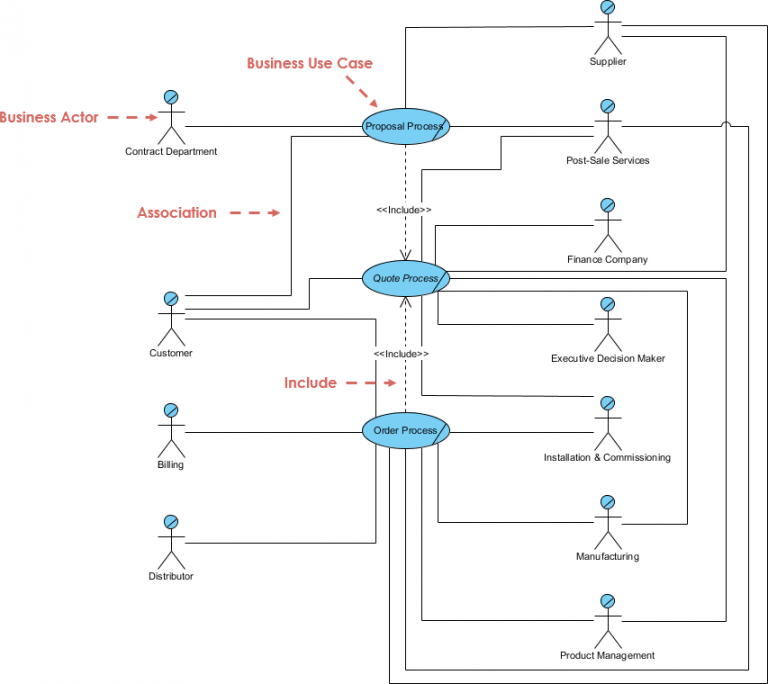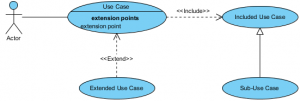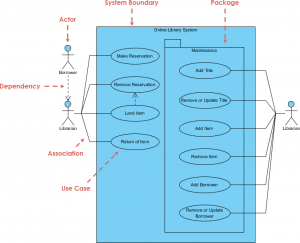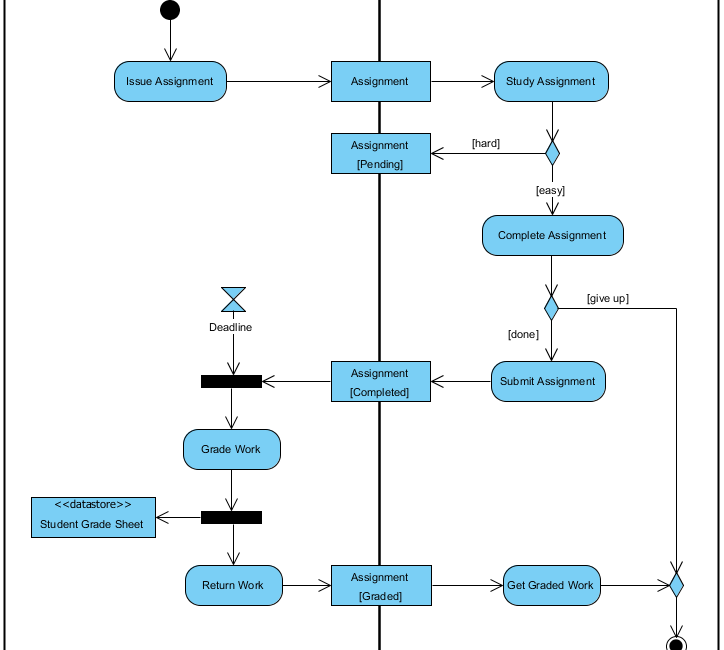

Will be best to treat these as actors, also, since it is not theirīehavior that you are interested in describing. (databases, servers maintained by other people, legacy systems) you If your system interacts with other systems That employees should follow) the humans that you must interact with Human process (such as a specific method of dealing with customers Most obvious candidates for actors are the humans in the system Įxcept in rare cases when the system you are describing is actually a If you are working from an informal narrative, a sequenceĭiagram, or a scenario description, the actors are typically thoseĮntities whose behavior cannot control or change (i.e., agents thatĪre not part of the system that you are building or describing.) The Response" column are components in the system. When working from an Action/Response table, itentifying the actors isĮasy: entities whose behavior appears in the "Actor's Actions" columnĪre the actors, and entities whose behavior appears in the "System's Many exception cases, branching behaviors, and conditionalįunctionality (what happens when a packet is lost or late, what about Suited to describing the TCP/IP network protocol, because there are You should NOT use UCDs to represent exception behavior (whenĮrrors happen) or to try to illustrate the sequence of steps that mustīe performed in order to complete a task. It (administrators, developers, data entry personnel.)

UCD is well suited to the task of describing all of the things thatĬan be done with a database system, by all of the people who might use Interesting points in the system's behavior.) Further detail can later be added to the diagram to elucidate System from a top-down perspective (that is, at a glance the system'sįunctionality is obvious, but all descriptions are at a very high You should use UCDs to represent the functionality of your Perform, and the lines that represent relationships between
Visual paradigm use case diagram tutorial how to#
The use cases, or services, that the system knows how to System you are describing interacts with, the system itself, UCDs have only 4 major elements: The actors that the There are a number of graphical examples in thisįAQ you might want to look over them to familiarize yourself with the Order or number of times that the systems actions and sub-actions Or flow charts because they do not make any attempt to represent the Though, that UCDs are fundamentally different from sequence diagrams The details of individual features of your system, UCDs can be used to

UML Use Case Diagrams can be used to describe the functionality of a What is a UML Use Case Diagram (UCD), and when should I use it?

How can I represent that with Use Case Diagrams? The scenario I want to describe branches into several possible outcomes, or has some error conditions. What is the difference between uses and extends? How is a UML Use Case Diagram different from a traditional flow chart? I am trying to represent a sequence of actions that the system performs. The actors in my diagram have interactions. How do you know what to put in the "System" box? How do you know who the actors are in a UCD? UML Use Case Diagrams: Tips UML Use Case Diagrams: Tips and FAQĬontents: What is a UML Use Case Diagram (UCD), and when should I use it?


 0 kommentar(er)
0 kommentar(er)
